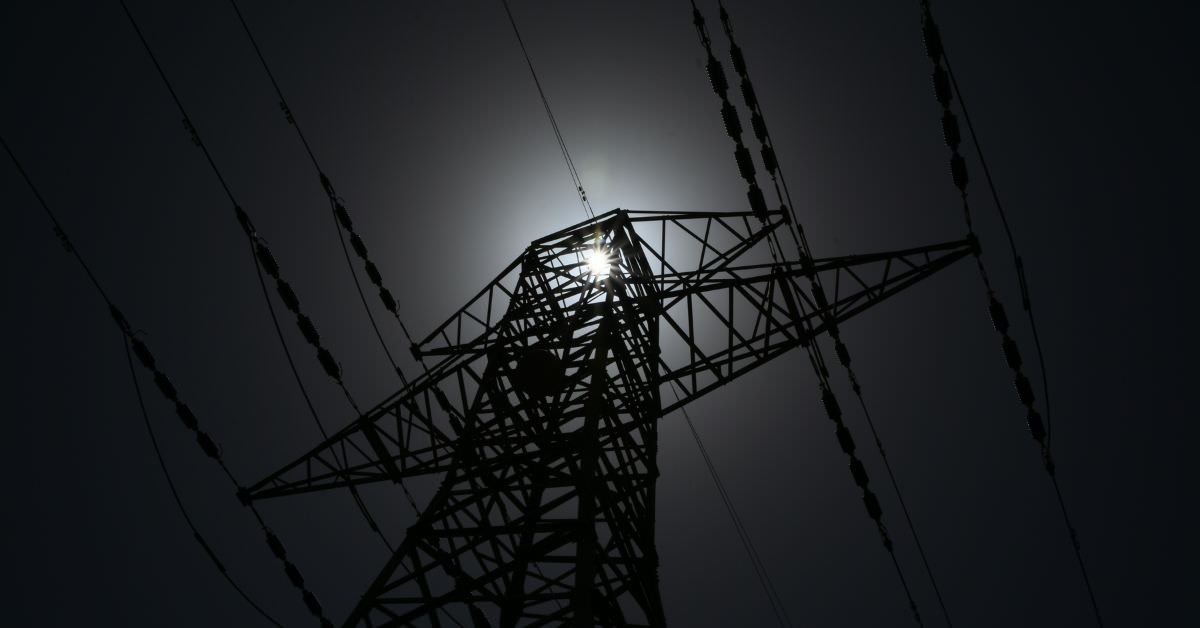
Choosing the right backup power system for your home can be complicated and expensive. Furthermore, a backup power system is a grudge purchase because Eskom should fulfil consumers’ power needs.
There seems no way around it, and being productive means making short-term sacrifices for long-term gains. Choosing the correct equipment and configuration is paramount to maximising performance from a backup power system to reap those gains.
Choosing the right backup power system
A backup power system generally consists of a battery, an inverter and solar panels as an additional option. While power is on, the battery will charge from the grid. When the power supply gets interrupted, the inverter will draw power from the battery to power a home. Solar panels can charge the battery without power from the grid or bypass the grid entirely.
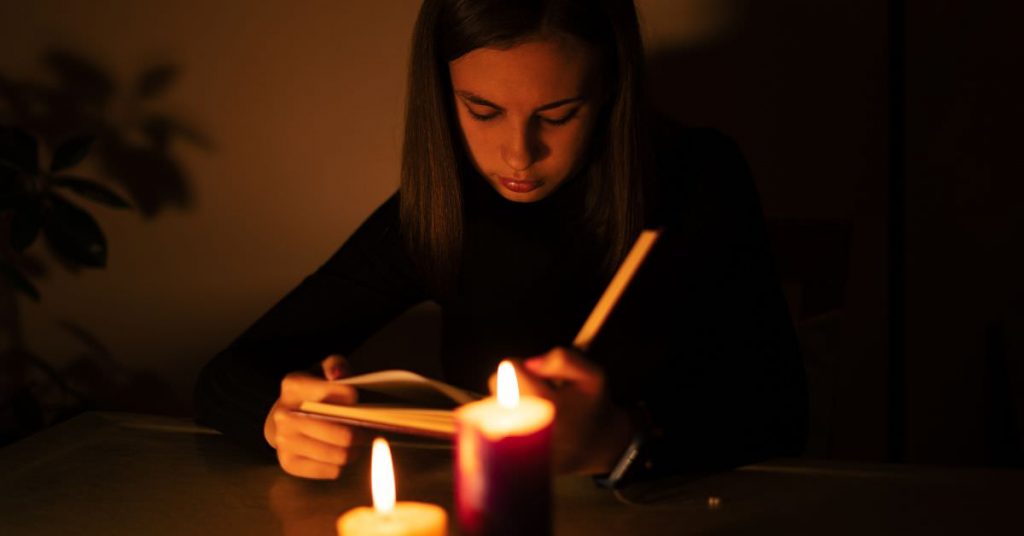
First, decide on the essential items needed during load shedding and make a list under each category as below. Our table is a recommended list in order of importance but decide what’s important to you. List appliances by priority and capture the kilowatts required to run each item. Total the kilowatts at the bottom of the list.
| Lights and essential appliances | Lights, essential and non-essential items |
| Fridge/freezer | Microwave |
| Computer | Kettle |
| WiFi | Toaster |
| Television | Washing machine |
| Drier | |
| Pool pump | |
| Air conditioning | |
| Dishwasher | |
| Tot Kw | Tot Kw |
Once decisions get made on the items list, next is choosing the right backup power system to match that list.
Backup power systems are versatile in how they scale. It is possible to start with a more minor system meeting a minimum requirement of needs and then add to the system over time. Consider the following power need scenarios as a starting point for creating the right backup power ecosystem.
1. Lights only
A more minor system for lights during sporadic outages of a few hours will suffice. The system charges from the grid switching to battery power when load shedding interrupts the supply. In this case, using energy-efficient globes will maximise battery runtime, and solar panels won’t make a noticeable difference.
Rechargeable light bulbs
LED light bulbs are available on the market with built-in battery backup as an alternative. The bulbs charge off the grid when the power is on. It is advertised they can last four to five hours on a full charge.
2. Lights and essential devices
Keeping appliances like TVs, computers, Wi-Fi and fridges running should be achievable with a minimum set-up of a 3kW inverter and 2.4kWh battery. A 5kW inverter is perfect as an upgrade option. Solar panels are an additional option for charging the battery but are not essential as the battery will charge from the grid.
3. Lights, essential and non-essential appliances
Adding non-essential appliances like washing machines, pool pumps and microwaves to a backup power system requires a minimum 5kW inverter with a 4.8kWh battery and an 8kW inverter being an option for upgrade.
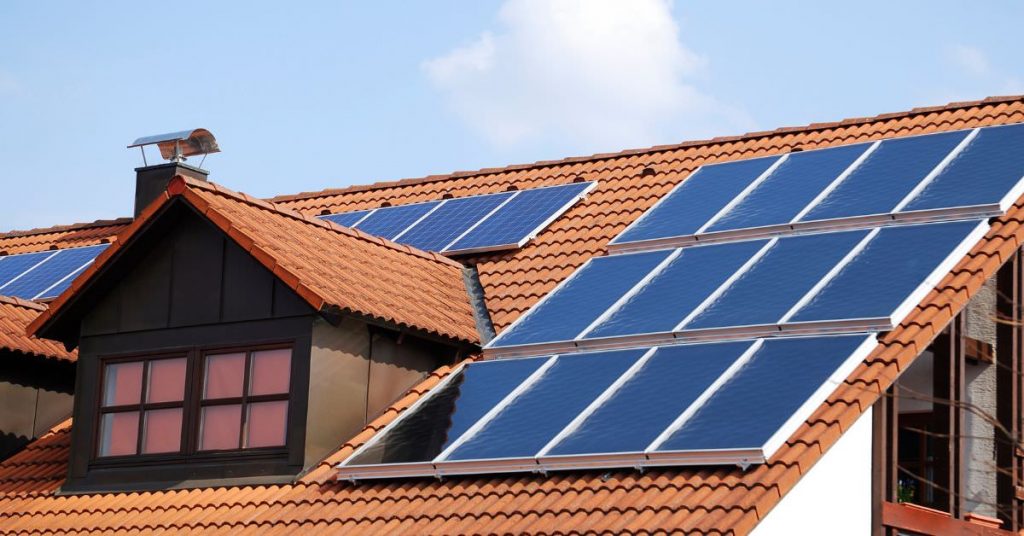
4. Heating
Heating appliances include geysers, stoves, heaters and kettles. Geysers and stoves can be powered with solar panels and kept off your battery backup power supply. A more intelligent, cost-saving alternative for geysers is using a solar water heater system and not panels. Stoves also have the option of being gas.
The right backup power system battery
One charge cycle is discharging a battery (powering appliances) and then charging it again with solar panels or electricity from Eskom. The lifespan of batteries is measured by the number of charge cycles they can handle and not by years before expiration.
Two types of batteries come in different sizes to meet different needs. Lead-acid or gel batteries are cheaper but don’t last as long as lithium batteries and require more units for less power than lithium batteries.
Lithium batteries have superior cycle life than gel (lead-acid) batteries and generally have a longer lifespan. Furthermore, lithium batteries are more efficient, meaning they store and discharge more power than gel batteries. With greater efficiency comes faster charge rates.
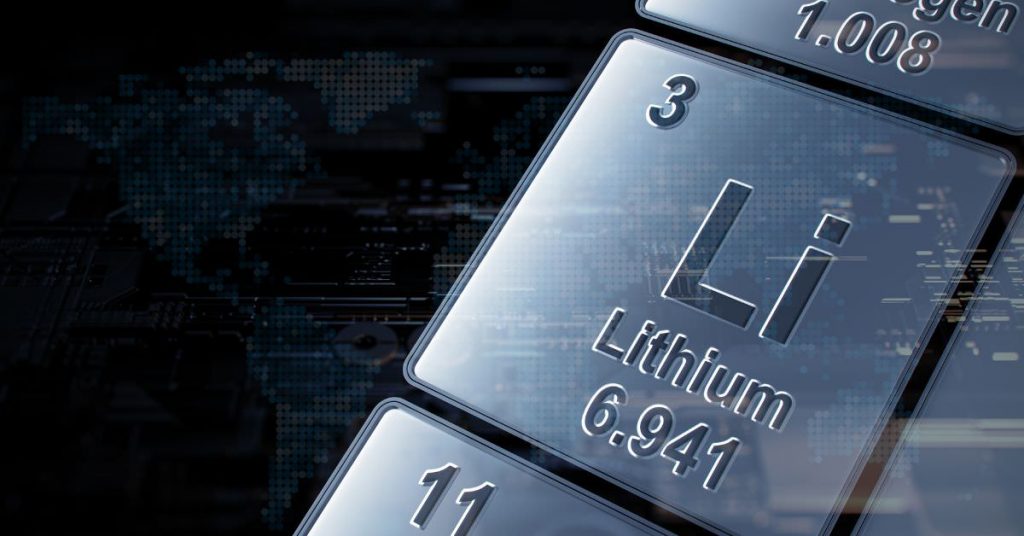
Lead-acid batteries can take twice as long to charge in comparison. Lastly, lithium batteries are low maintenance, not needing scheduled cycling to conserve battery life. They have no memory effect, the repeated partial discharge or charge cycles that cause a battery to remember a lower capacity.
Lithium batteries can be charged by the grid or solar power, and more units can get added over time, keeping the power running for longer.
Inverters are the most critical component
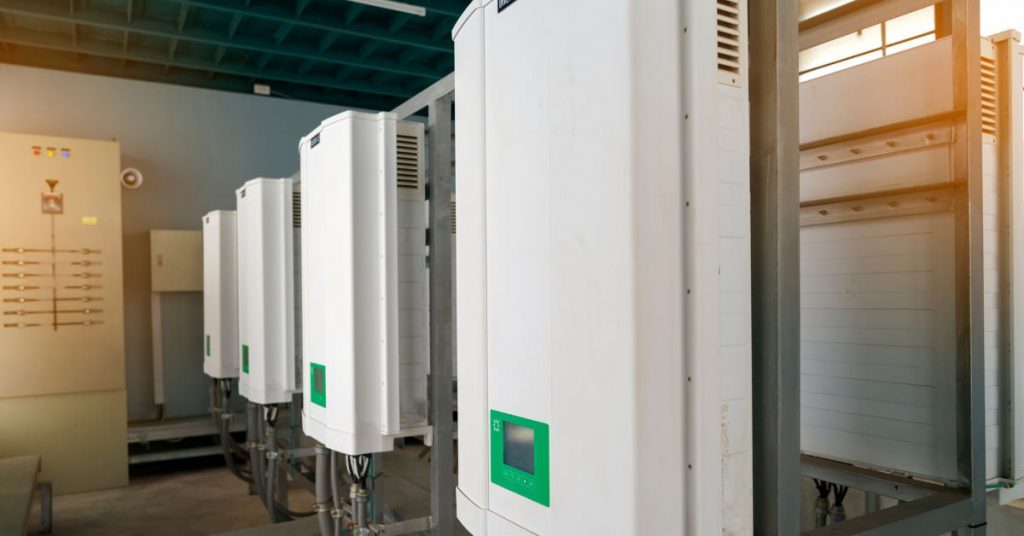
Inverters are the most critical device in backup power ecosystems as they regulate the flow of electrical power. Inverters convert direct current (DC) electricity generated by solar panels to alternating current (AC) electricity used by the grid or Eskom. It is essential to note that the size of the inverter and battery must be complementary. If a 5kW lithium battery is used, then a 5kW inverter should also be used.
Installation of a backup power system
Ensure backup power system installations comply with SANS and NERSA requirements and get done by qualified and registered electricians. Also, have an electrical engineer check the quality of components and installations post-job. Lastly, a COC (certificate of compliance) from the electrician installing the backup power system.



